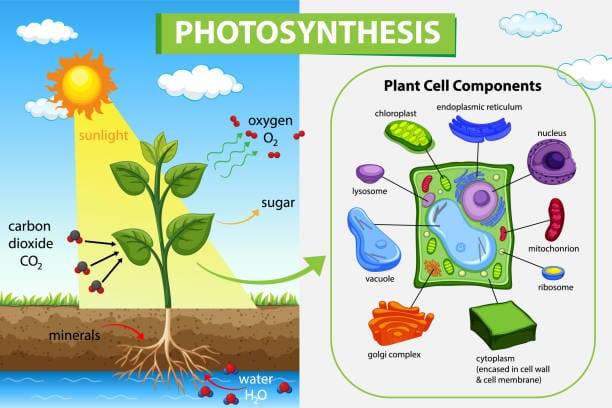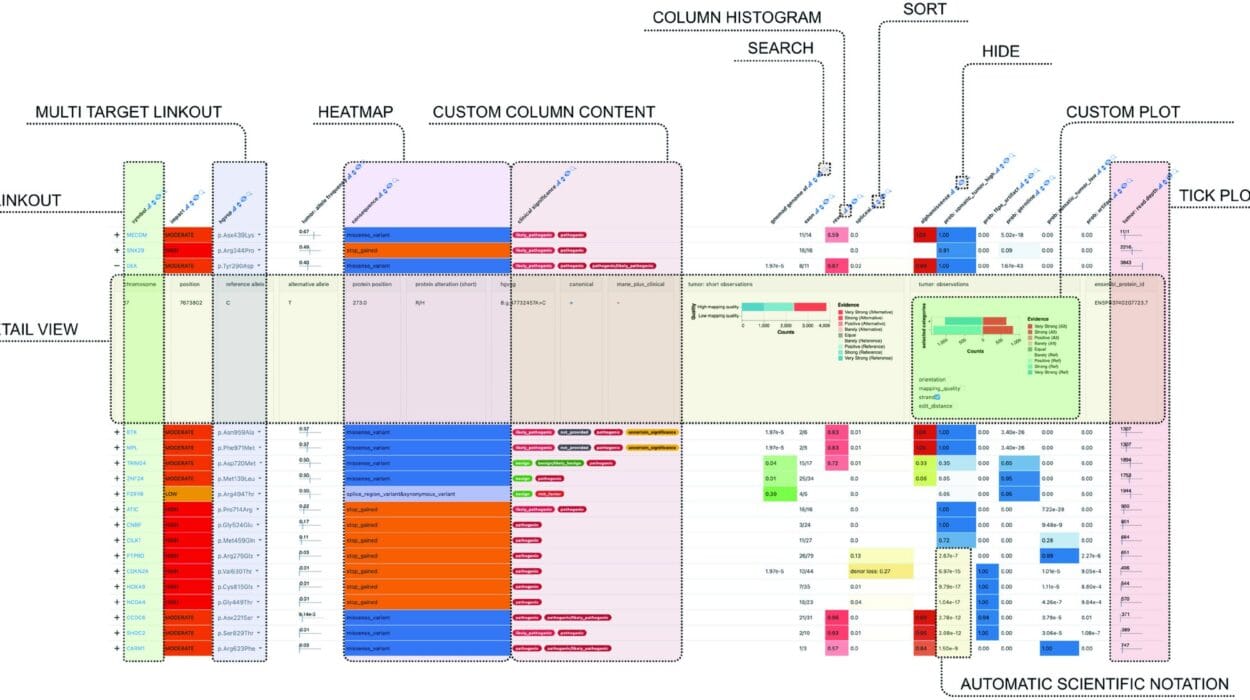Deep in the lush forested landscape of Nong Rong, Phanom Thuan, in Thailand’s Kanchanaburi province, something remarkable stirred beneath the soil. To the untrained eye, the ground appeared unassuming — just another patch of earth in the endless green. But for a group of researchers, what emerged from this quiet corner of nature would prove to be a scientific marvel: a new species of spider, one unlike any seen before.
This discovery, now described in the journal Zootaxa, is more than just another entry in the vast catalogue of Earth’s creatures. It’s a story of mystery, rarity, and the endless creativity of evolution — one that intertwines the precision of science with the poetry of life itself.
The Journey from Forest to Laboratory
It began when local naturalists collected specimens near a forest in western Thailand and presented them to the Chulalongkorn University Museum of Natural History. There, under the careful eyes of arachnologists, the spiders revealed their secrets. Using a stereomicroscope, researchers examined the minute details of their bodies — the curve of a fang, the pattern of hair, the structure of the legs — each feature a clue to their identity.
The spiders appeared to belong to the genus Damarchus, a group of mygalomorph or “wishbone” spiders found across South and Southeast Asia. Mygalomorphs are ancient relatives of tarantulas and trapdoor spiders, known for their distinctive, wishbone-shaped burrows that they craft in the soil. Within these underground fortresses, they wait silently, poised to ambush unsuspecting prey that wander too close.
While the new species shared many traits with Damarchus, its true lineage remains partly shrouded in mystery. Molecular data — the genetic fingerprints that confirm an organism’s identity — are still being analyzed. Yet even without that final piece of proof, the discovery already stood out as something extraordinary.
The Beauty of Difference: Males, Females, and Something In Between
Among the specimens, scientists found clear differences between males and females — what biologists call sexual dimorphism. The males, small and ghostly gray, measure only about 0.6 inches in length. Their bodies are coated in a strange white substance that scientists have yet to identify. When preserved in alcohol, their pale appearance transforms into a reddish-brown hue, as if the creature’s hidden tones emerge only in stillness.

The females, by contrast, are larger — nearly one inch long — and strikingly orange, their color glowing like autumn leaves under sunlight. They lack the white coating seen in males, making the contrast between the sexes dramatic and visually stunning.
But the true wonder came when the researchers noticed something even rarer among their collection: one specimen that didn’t fit neatly into either category. It was neither fully male nor fully female. Instead, it was both — a gynandromorph, an individual literally split down the middle, one half displaying the features of a male and the other half those of a female.
The Mystery of the Gynandromorph
Gynandromorphism is one of nature’s most astonishing and puzzling phenomena. Unlike hermaphrodites — which possess both reproductive organs but maintain symmetry — gynandromorphs are divided right down their bodies. One side may have male characteristics, the other female. The result is a living mosaic, half of one being and half of another.
In the case of the new Thai spider, the division was so distinct that it inspired the species’ name: Damarchus inazuma, after “Inazuma,” a character from the beloved Japanese manga One Piece. In the story, Inazuma can shift between male and female forms, embodying duality and transformation — an echo of the spider’s own biology.
As the study authors explain, the spider mirrors Inazuma’s “bilateral asymmetry,” with the left side displaying orange coloration (like the female) and the right side white (like the male). It is as if evolution itself painted two halves of the same story onto a single canvas.
This is no ordinary occurrence. In fact, this is the first ever recorded case of a gynandromorph in the spider family Bemmeridae, to which Damarchus belongs. Only two other cases of such dual-sex individuals have ever been reported in the broader group of mygalomorph spiders, both in an entirely different family, Theraphosidae — the family of tarantulas.
A Puzzle Written in Chromosomes
How does such a creature come to be? The answer lies hidden in the earliest stages of life — at the level of the cell and the chromosomes it carries.
In most animals, the sex of an individual is determined when the sperm and egg fuse to form a zygote. But sometimes, during this process, something unusual happens. A small mistake in the division of chromosomes — the carriers of genetic information — can lead to an uneven distribution of sex chromosomes between the first few cells of the embryo.
The result? Half of the body develops as male, and the other half as female.
As far back as the mid-20th century, biologist Benjamin Kaston proposed that such gynandromorphism could arise from the loss of one or more X chromosomes in the early female zygote. This loss might be triggered by a chromosomal error, environmental stress, or even parasitic infection — such as by nematodes. But even today, the exact mechanism remains elusive.
The mystery endures, a reminder that nature’s creative accidents often lead to some of its most fascinating outcomes.
The Significance of a Rare Discovery
To the scientific community, this discovery is not just about cataloging another species. It represents a glimpse into the evolutionary and genetic processes that shape life itself. Gynandromorphs are extremely rare, especially in spiders, making every new finding an invaluable opportunity to study how sex differentiation and genetic regulation work in complex organisms.
The discovery also deepens our appreciation for biodiversity — especially in places like Thailand, where rich ecosystems still hold countless secrets. The forests of Kanchanaburi are alive with species that remain unnamed and unseen, each playing a vital role in the balance of nature. To uncover one of them is to lift a veil on the endless creativity of evolution.
Moreover, the new species reminds us how much of the natural world is still unexplored. For every known organism, there may be dozens, even hundreds, waiting quietly in burrows, trees, and rivers, their stories untold.
The Elegance of Evolutionary Art
The Damarchus inazuma is more than a scientific curiosity — it is a symbol of life’s duality and complexity. It embodies both the symmetry and chaos of evolution, where mistakes become masterpieces and anomalies reveal the adaptability of nature.
The bilateral split of the gynandromorph spider, so precise and yet so organic, reflects a deeper truth: that life is not confined to simple binaries. Male and female, predator and prey, darkness and light — the living world constantly blurs these boundaries. In the wild, identity is fluid, color is meaning, and even a spider can become a storyteller.
In naming this creature after a character of transformation, the researchers captured more than just its appearance. They honored its symbolism — the meeting of opposites, the beauty of difference, and the mystery of being both one thing and another.
A Window Into Nature’s Infinite Creativity
Each new discovery like Damarchus inazuma reminds us of how vast and imaginative the natural world truly is. For centuries, humans have believed they understood life’s boundaries, yet again and again, nature proves us wrong. Beneath the leaves, in the soil, in the smallest burrow, life continues to surprise us — rewriting its rules, reshaping its forms, and revealing new stories of existence.
The forest of Nong Rong, where this little spider was found, is now part of that ongoing story. Its soil has yielded a secret that bridges art and science, myth and biology. Somewhere beneath its roots, perhaps thousands more unknown lives wait, carrying the next marvels of evolution.
And in a quiet corner of a museum in Bangkok, the delicate form of Inazuma rests preserved — a testament to the wonder of discovery and the infinite imagination of nature.
The Legacy of Inazuma
The discovery of Damarchus inazuma is not simply about naming a species; it’s about expanding the human sense of possibility. It is about learning humility from the natural world — understanding that even the smallest creature can reveal enormous truths about life, identity, and evolution.
As researchers continue to study this new spider, they carry with them a reminder that science is not only about answers, but also about awe. Each discovery begins with curiosity and ends in wonder.
Inazuma, the spider of two worlds, embodies that spirit — a tiny creature whose existence bridges the line between what we know and what we have yet to imagine. And perhaps that is the greatest lesson biology has to offer: that life, in all its forms and colors, is still writing its story — one discovery at a time.
More information: Chawakorn Kunsete et al, New insights into Damarchus: a new species and gynandromorph description from Thailand (Araneae: Bemmeridae), Zootaxa (2025). DOI: 10.11646/zootaxa.5696.3.6






